Deep Groove Ball Bearings are among the most widely used bearing types in the world. Known for their versatility, durability, and simple design, they are found in a broad range of applications — from household appliances and electric motors to industrial machinery and automotive systems. These bearings are designed to support both radial and limited axial (thrust) loads and are ideal for high-speed operations.
Deep groove ball bearings are single-row or double-row bearings with raceways that have slightly deeper grooves than standard ball bearings. This deeper groove design allows them to support higher radial loads and moderate axial loads in both directions. Their simple yet highly effective construction makes them suitable for a wide variety of environments and industries.
The basic structure of a deep groove ball bearing consists of:
Inner Ring – Mounted on the shaft.
Outer Ring – Fits into the housing.
Steel Balls – The rolling elements that enable smooth motion.
Cage – Separates and retains the balls evenly spaced.
Seals or Shields (optional) – Protect the internal components from dust, dirt, and moisture.
These components work together to reduce rotational friction, enhance efficiency, and extend the operational lifespan of mechanical systems.
✅ High-Speed Capability – Low friction and minimal heat generation allow for use in high-speed machinery.
✅ Low Maintenance – Available in sealed or shielded versions, pre-lubricated with long-life grease.
✅ Wide Range of Sizes – Suitable for both small equipment and heavy-duty industrial applications.
✅ Quiet Operation – Smooth rolling elements help reduce noise and vibration.
✅ Cost-Effective – Simple design and mass production make them an economical bearing solution.
✅ Interchangeability – Manufactured to international standards (ISO, DIN), allowing easy replacement.
Single Row Deep Groove Ball Bearings
The most common type, used in everything from fans to pumps and electric motors.
Double Row Deep Groove Ball Bearings
Can handle heavier radial loads than single-row bearings, with a slightly wider profile.
Sealed or Shielded Bearings
ZZ (Shielded): Metal shields on both sides to prevent dust ingress.
2RS (Sealed): Rubber seals on both sides to protect against dirt and moisture.
Snap Ring Bearings
Designed with a snap ring groove on the outer ring, allowing easy axial location in housings.
Miniature and Extra Small Bearings
Used in precision instruments, small motors, and robotics.
Due to their versatility, deep groove ball bearings are used across almost every industry:
Automotive: Wheel hubs, alternators, steering mechanisms.
Industrial Machinery: Electric motors, pumps, gearboxes, and conveyor systems.
Home Appliances: Washing machines, fans, mixers, and air conditioners.
Aerospace & Defense: Instrumentation and small rotary components.
Medical Equipment: Imaging devices, laboratory machines.
Agriculture: Power transmission in tractors and harvesters.
Chrome Steel (GCr15) – Standard material for most industrial and automotive bearings.
Stainless Steel – Used for corrosion resistance in wet or food-grade environments.
Ceramic Hybrid – Steel races with ceramic balls for high-speed and low-friction applications.
Radial Load: Main strength; ideal for rotating shafts with perpendicular loads.
Axial Load: Can accommodate moderate thrust loads, but for heavy thrust loads, angular contact bearings are preferred.
Misalignment: Limited tolerance — excessive misalignment may reduce lifespan or cause failure.
Ensure proper alignment during installation.
Avoid contamination with dust, dirt, or moisture.
Use recommended lubricants; choose sealed or shielded versions for harsh environments.
Regularly inspect for noise, heat, or vibration issues.

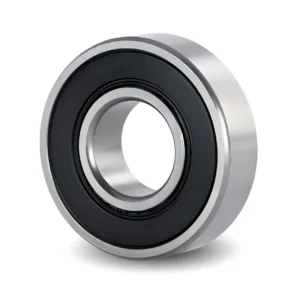





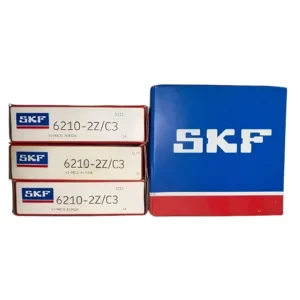

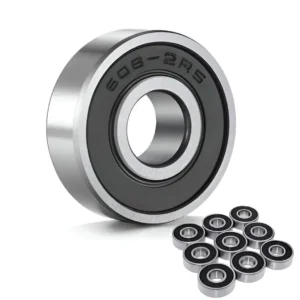



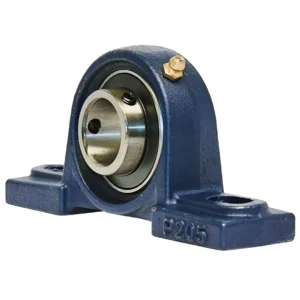
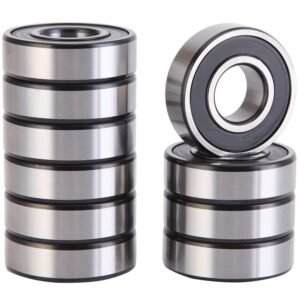

Copyright © 2025 Classic Bearing House | Powered by BrandBanalo